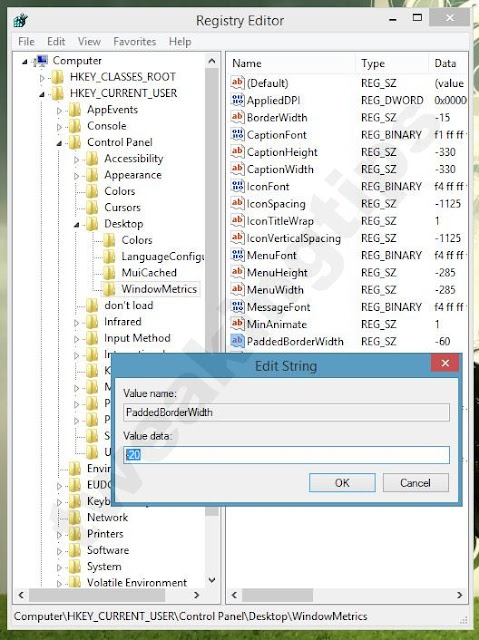- Basic computer knowledge: Goal of this guide is to explain how to make Windows faster in simplest and shortest way. I made this guide after seeing an article that explains how to turn off UAC in 2 pages of html. I don't want to go in such basic details so, If you don't know how to open your Control Panel stay away.
- Common Sense: I don't own a printer so I disabled Printing Services. If you own a printer and do lots of printing, do not ask me why your printer doesn't work after removing everything printer related from your PC.
- Be aware that it is Mainly for Windows 8.1 (Preview) but most things would apply also to Win 8 and even 7.
Recommended Tweaks:
- First thing you should do is disabling User Account Control. Since you will do lots of tweaking the prompts will annoy you a lot. So I recommend disabling it from Control Panel. Click (Instructions) to find out how you can do that.
- Disable and remove Windows Features: Windows comes with a lot of crappy features that you never use, you can replace them with more memory efficient programs. Disable it from Control Panel > Programs > Programs and Features. (Instructions)
- Replace the Windows Features you have removed with more memory efficient programs. (Instructions)
- Disable Search Indexing since it may it may consume system resources. (Instructions)
- Disable System Protection (System Recovery) from System Properties. (Instructions)
- Disable Remote Assistance if you do not wish to use Remote services. (Instructions)
- Do not forget to Defragment your drives regularly. It is renamed to "Optimize your Disks" in Windows 8.1. Go to your disk Properties > Tools > Optimize and Defragment Drive to do that.
- I suggest you disable Scheduled Optimization from Defrag. Especially if you own a SSD it may shorten the lifespan of it. Do not use defrag if you own an Solid State Drive.
- Disable any unnecessary or programs that have heavy impact on start-up. To do that right click Task Bar > Task Manager > Startup and disable anything that you don't need. (Instructions)
- Create a folder and name it "GodMode.{ED7BA470-8E54-465E-825C-99712043E01C}" to have all your control panel settings under your hand. (Instructions)
- Stop Auto Maintenance from Action Center. (Instructions)
- Check Show Hidden Files and Show Extensions from File Explorer Window > View > Options button at the right side.
Optional Tweaks:
- If you think window borders are thick and ugly in Windows 8.1 and Windows 8 here is how you change it. (Instructions)
- You can make a Modern UI App shortcuts folder that you can display in file explorer. (Instructions)
- You can disable and manage Tray Icons from Right Click on Task Bar > Properties > Customize button from Notification Area > Turn System Icons On or Off Link from the bottom. I also recommend you to disable Action Center notifications if you have above average computer knowledge and don't need anything to give you any basic info.
- Add more shortcuts to All Apps screen on Modern UI. (Instructions)
Disable Services to Save Memory and Boot Faster:
- Press Win Key + R and type services.msc into the box to launch Microsoft Services. You can set how services will work from this window. To disable right click on service and choose Properties and set Startup Type for the service. You can either choose Automatic, Automatic(Delayed Start), Manual or Disabled.
- Services you can safely disable to save memory: Coming soon












